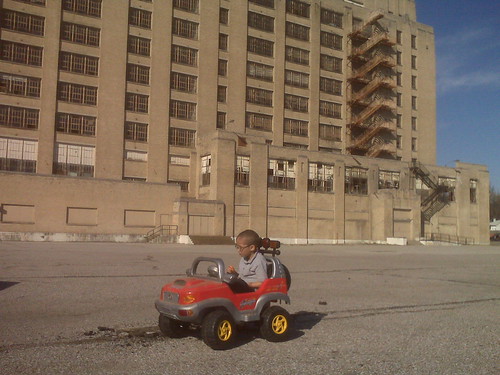Memphis and Urban Magnets
Alan Boniface of Vancouver's Dialog design group spoke last month to Memphis about the pieces that make a place into an urban magnet. To be successful, an urban magnet requires
- retail
- production
- education
- programming
- form.
Besides the urban magnet template, the part of the talk that really grabbed me was the statistic that Memphis has 1/30th the density of the densest part of Vancouver (and 1/7th of the overall density of Vancouver). Which leads to a problem I see over and over again with Memphis' adapting to many urbanist ideas -- that the ideas come from places of categorically greater density, and assume categorically greater density. So, although South Main has definite and growing magnetic quality, it isn't enough to fill or sparsely populate streets even now on a workaday basis. Obviously it wouldn't happen overnight even in a denser place, but Memphis has to be particularly aware of density and population as its major urbanist challenge. Which I don't believe we are. And the danger is that we'll be transporting the same marginally expanding group of people from Soulsville to Overton Square to South Main to Crosstown to all the other districts, with economic sustainability for few.
Still, figuring out how to fill Memphis with people is a fun problem to solve -- once Memphis admits that it is the problem.
Labels: density, design, Memphis, urban design, urbanism







